Electromechanical Operation:
Car door lock actuators are small devices that use electrical signals to convert electrical energy into mechanical motion. They consist of a motor, gears, and a linkage mechanism.
Locking and Unlocking:
When you press the lock or unlock button on your key fob or the door panel, the control module in your vehicle sends an electrical signal to the appropriate door lock actuator.
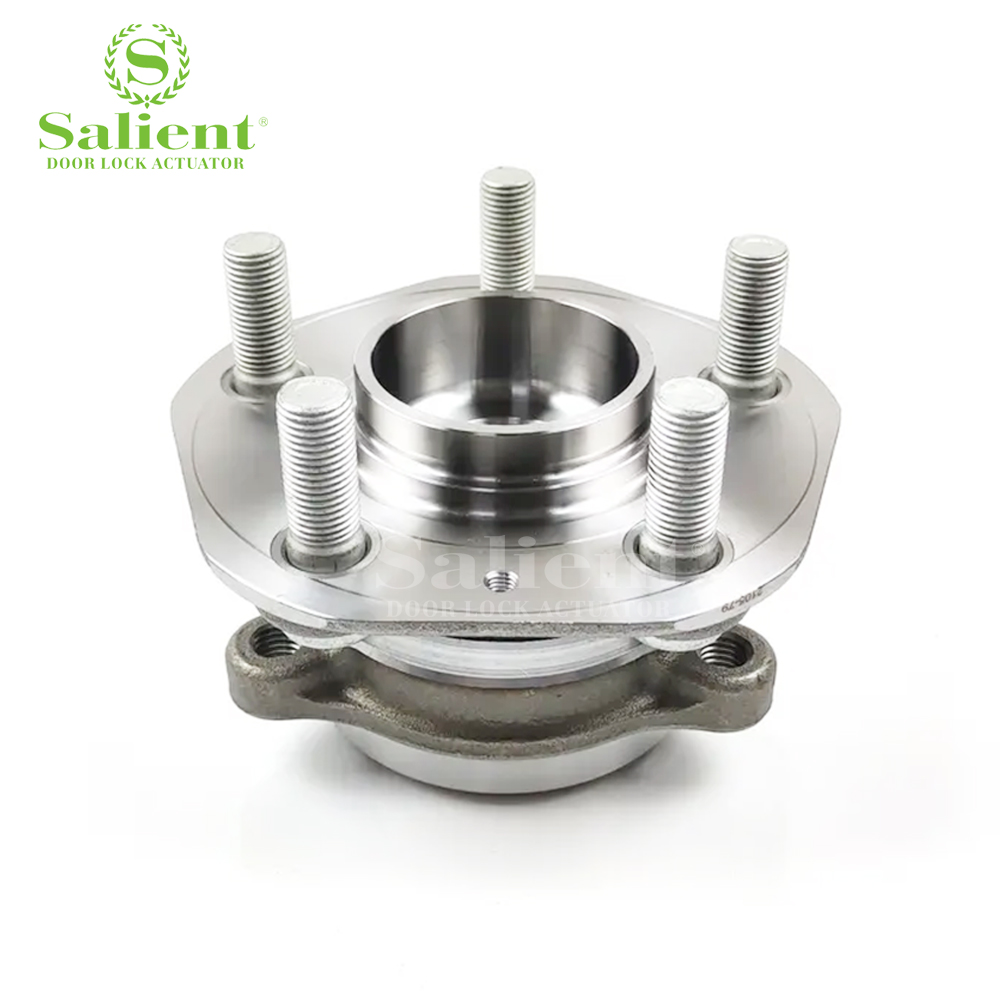
Motor Operation:
The motor inside the actuator receives the electrical signal and turns, which drives a series of gears and a linkage mechanism. This motion is what physically locks or unlocks the door.
Linkage Movement:
As the motor turns, it moves the gears and linkage mechanism that's connected to the door's locking mechanism. When the linkage moves, it engages or disengages the door's lock, locking or unlocking it.
Position Feedback:
Some advanced door lock actuators provide position feedback to the vehicle's control module. This feedback ensures that the system knows whether the door is actually locked or unlocked.
Multiple Doors:
Vehicles with power door locks have individual actuators for each door. This allows for centralized control of all doors from the driver's side door panel or the key fob.
Integrated Systems:
Door lock actuators can be integrated with other vehicle systems, such as the security system. For example, if the vehicle's alarm system is triggered, the actuators may automatically lock all the doors to prevent unauthorized access.
Maintenance and Repair:
Over time, door lock actuators can wear out or become damaged. If an actuator fails, it can result in the door not locking or unlocking properly. In such cases, the actuator may need to be replaced.
In summary, car door lock actuators are essential components in power door lock systems. They receive electrical signals, convert them into mechanical motion, and physically move the locking mechanisms in the doors to lock or unlock them. This technology adds convenience to vehicle access and security, allowing for centralized control of all doors.


 English
English Español
Español
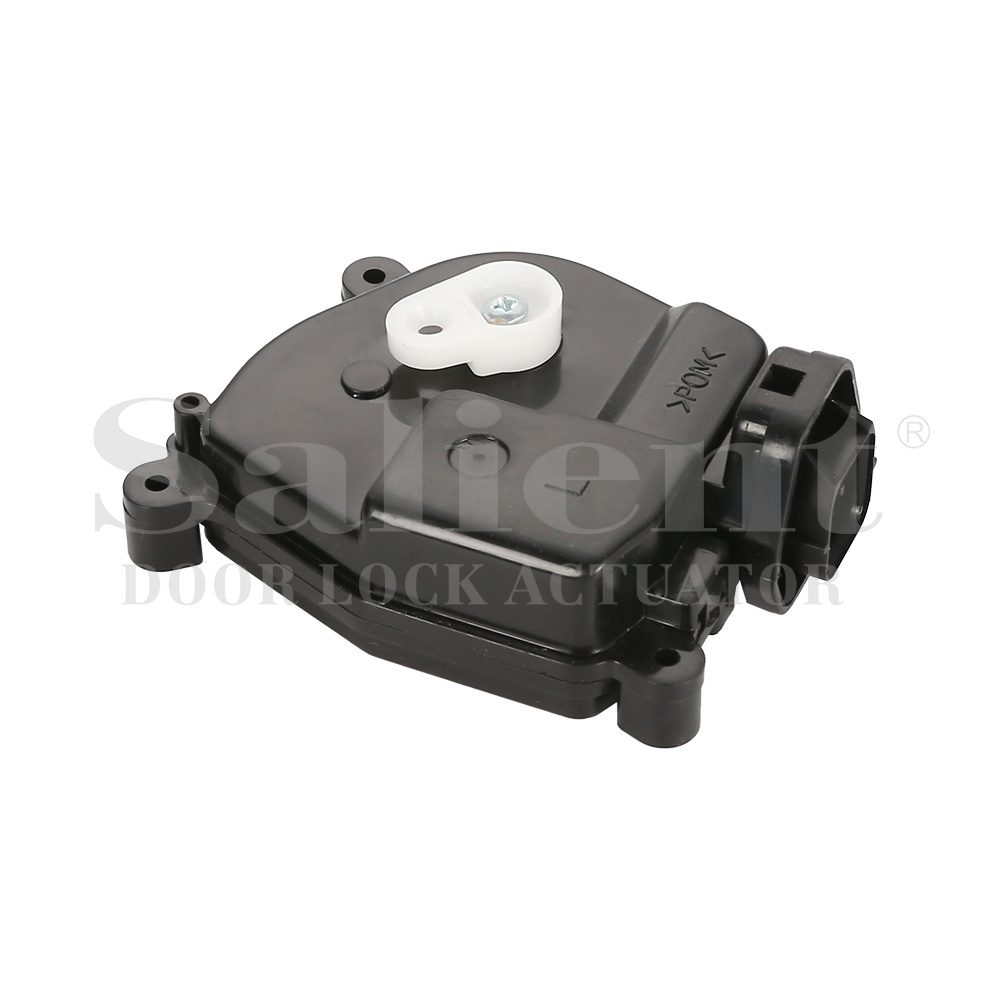
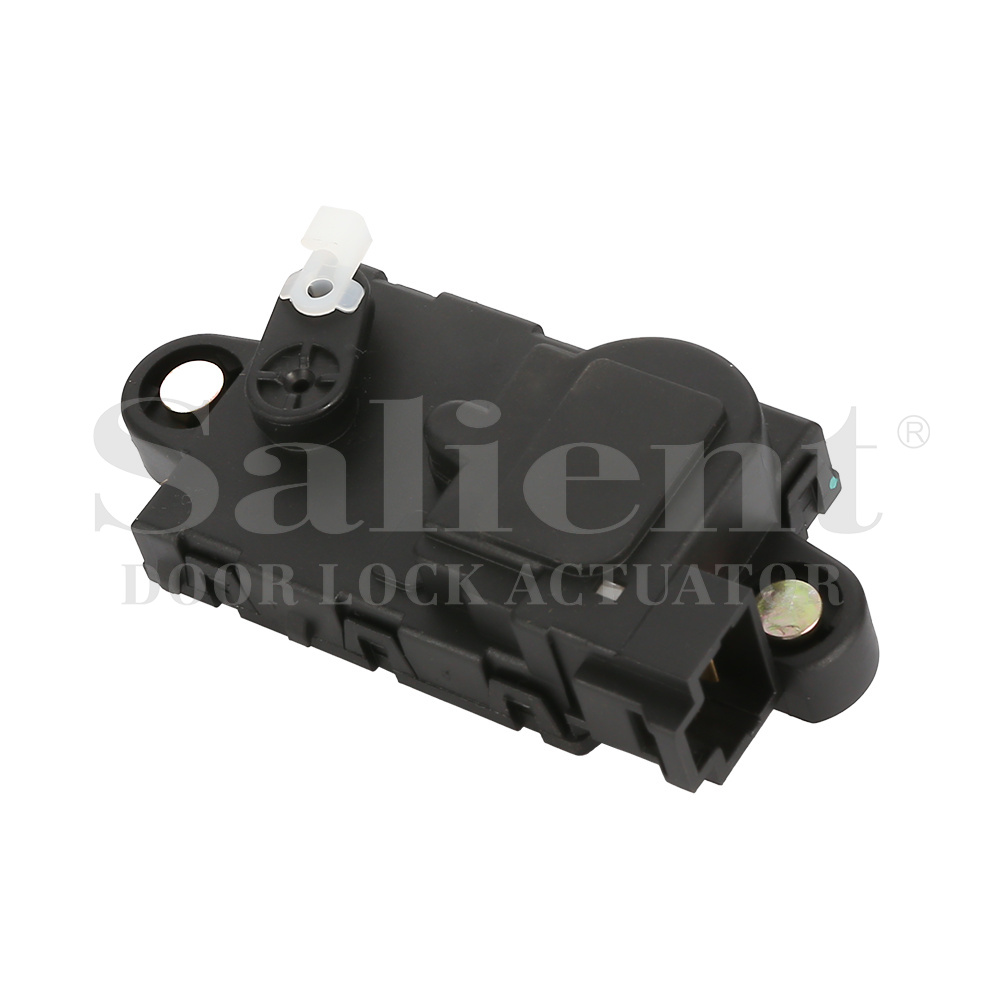
.jpg)
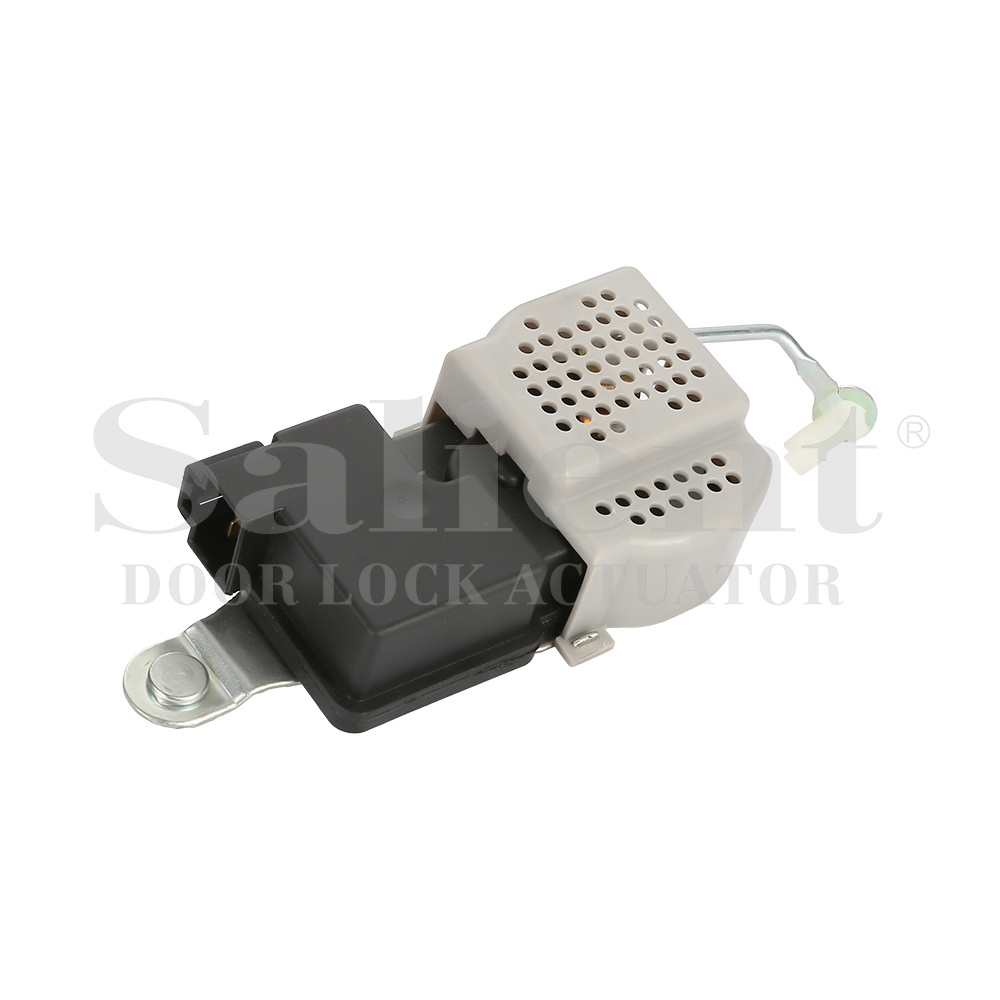
-1.jpg)
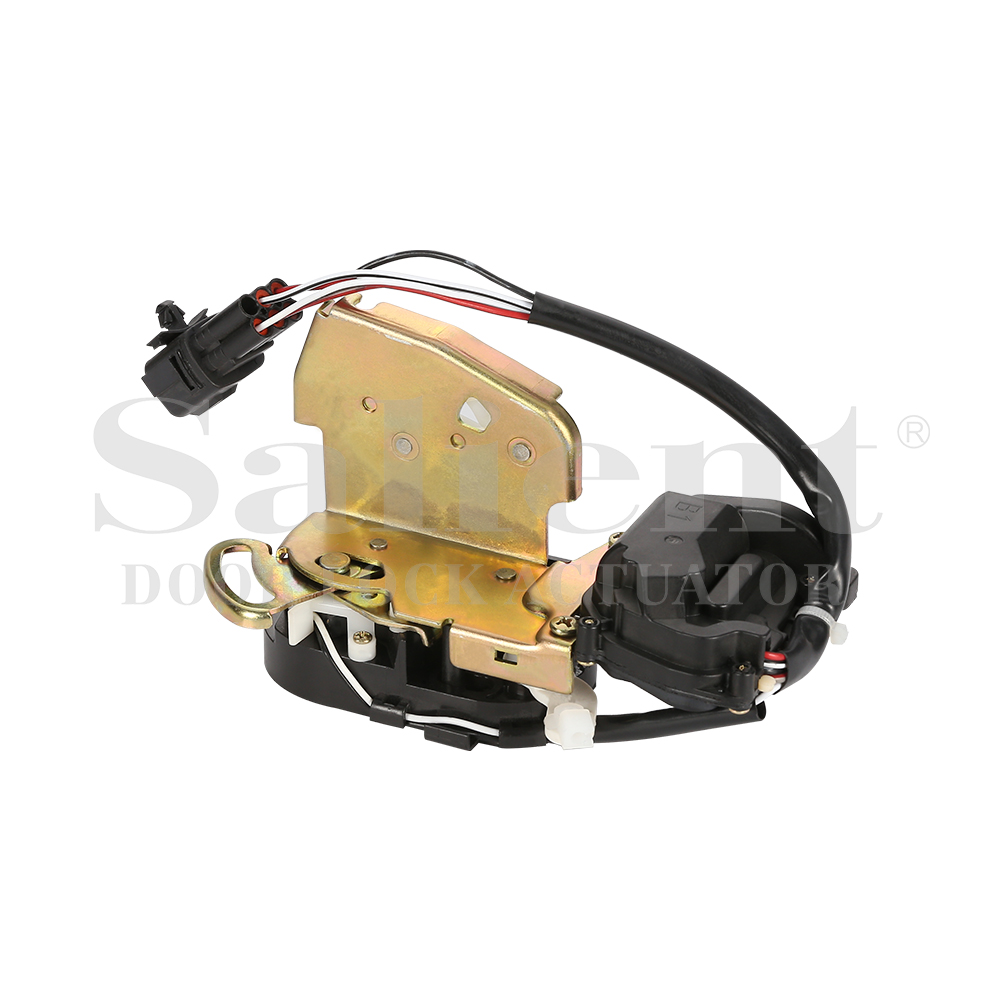
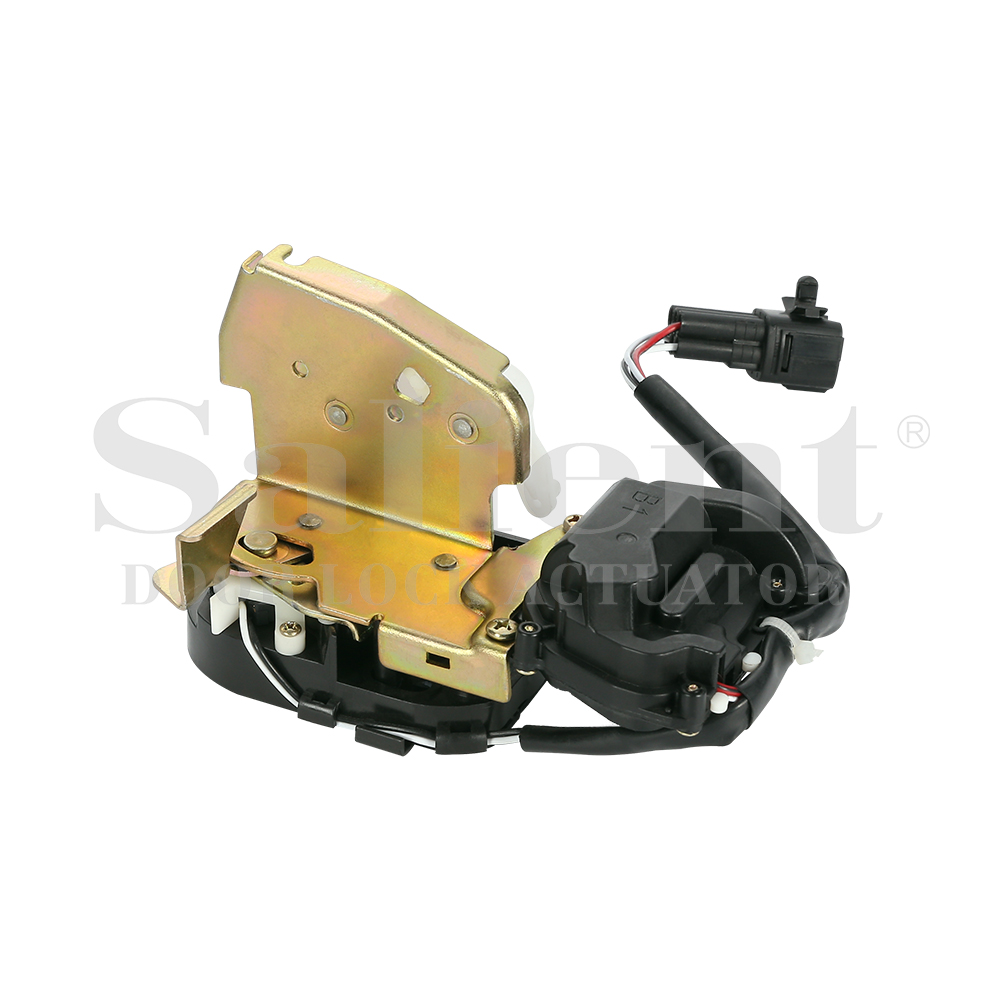
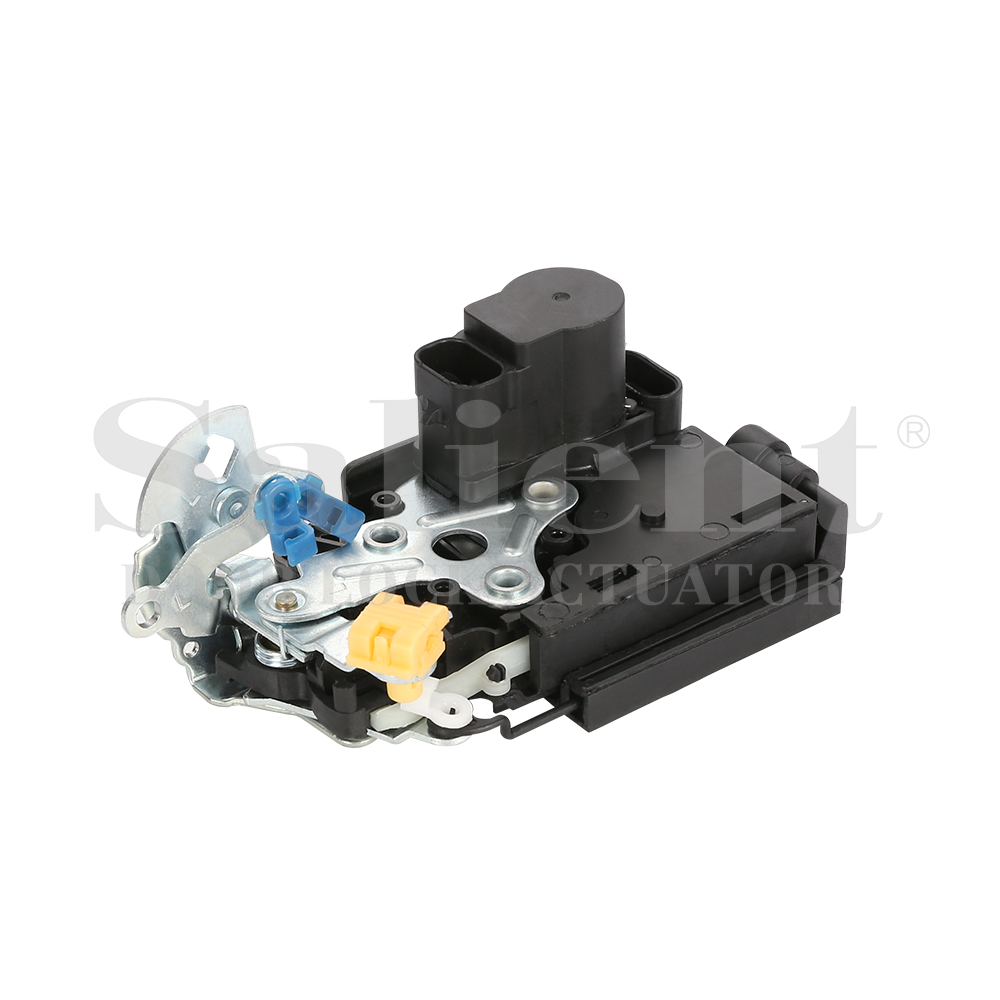
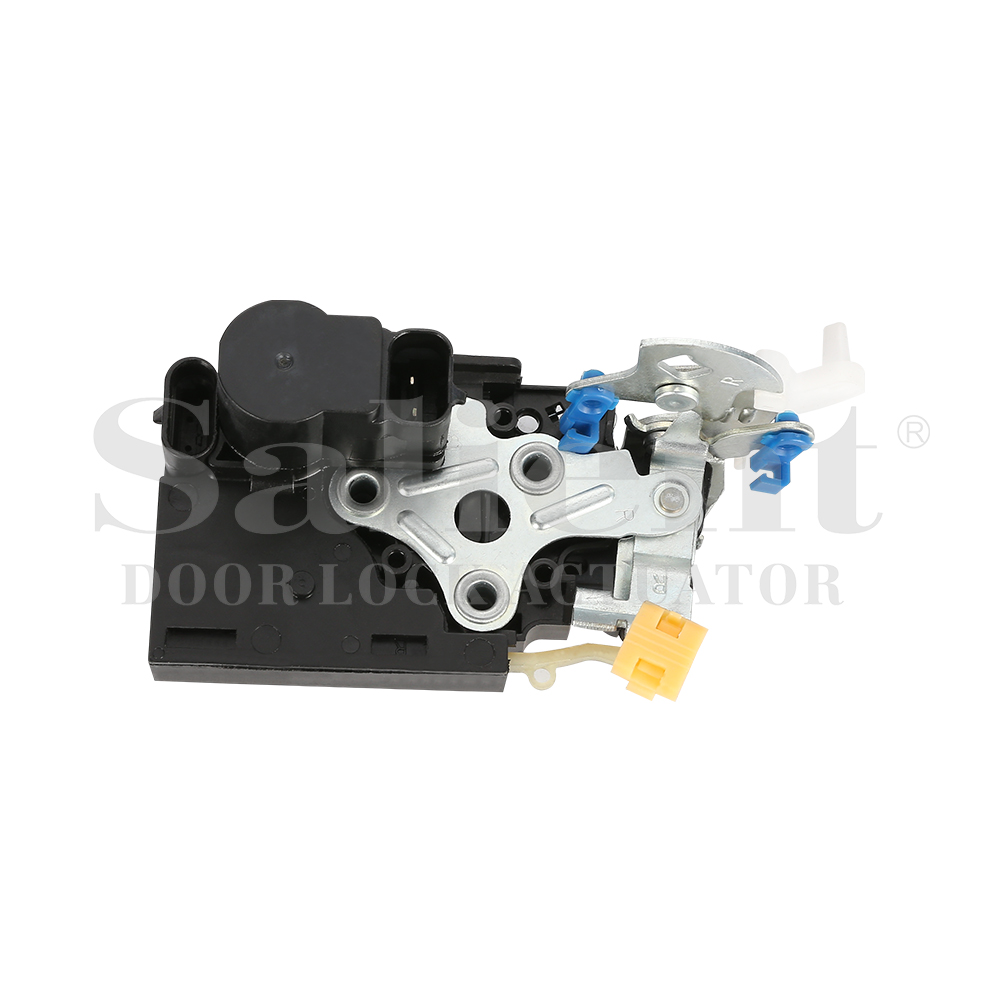
.jpg)
.jpg)
-1.jpg)

